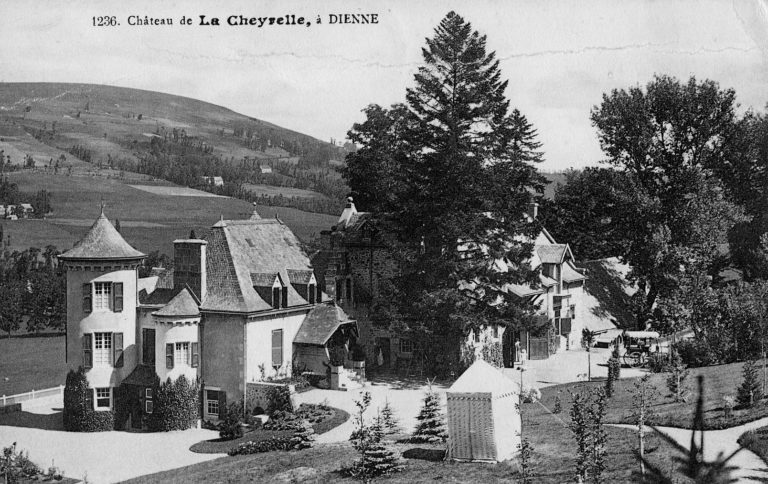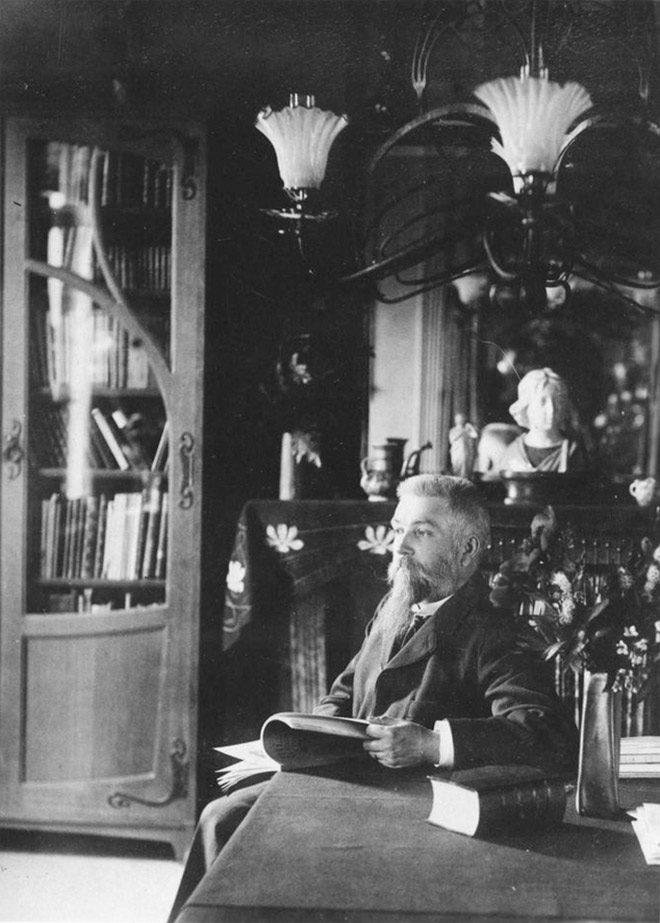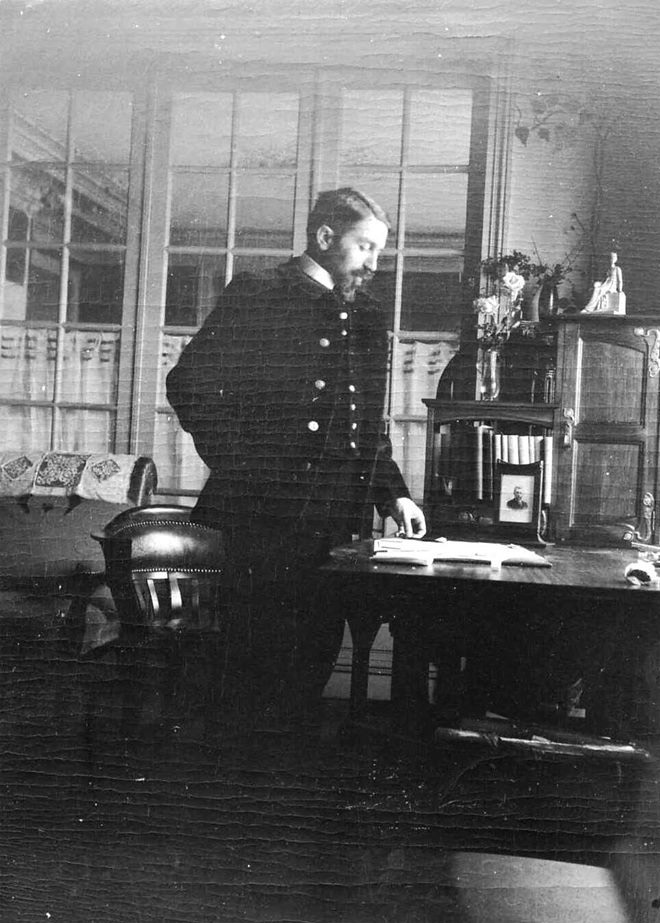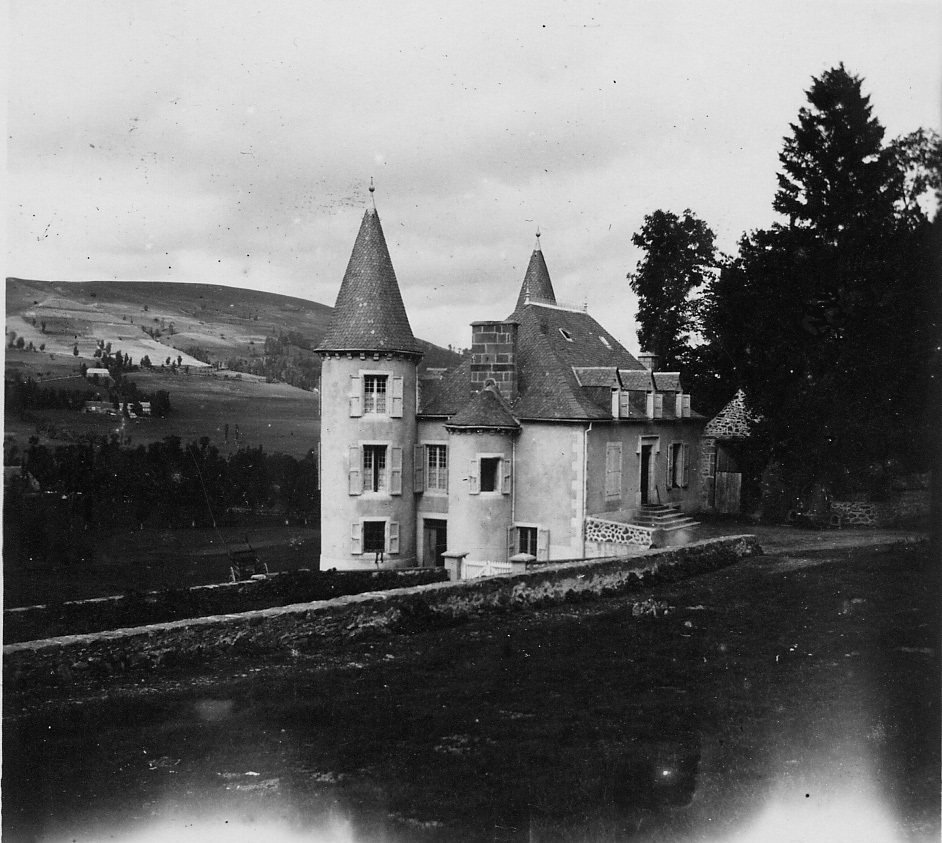La Cheyrelle: a Landmark of Art Nouveau Architecture
A remarkable collaboration between Gustave Serrurier-Bovy and René Dulong
The Château de la Cheyrelle stands as one of the major architectural achievements of Belgian designer Gustave Serrurier-Bovy (1858–1910), in collaboration with René Dulong (1860–1944). The two had already worked together on the celebrated Pavillon Bleu for the 1900 Paris Exposition Universelle, before turning their attention to the transformation of this elegant country manor nestled in the heart of the Auvergne region, in southern France.
At the request of Pierre Felgères, who inherited the estate from his mother in 1896, René Dulong — his brother-in-law — began drafting the first plans for La Cheyrelle in August 1901. The site had already undergone a first phase of renovation by architect Félix Serre between 1898 and 1900.
The estate’s agricultural activity was gradually moved closer to the entrance, while the main residence was redesigned to serve as a full-time home. A wealth of original architectural drawings still exists, offering insight into the many design phases that ultimately shaped La Cheyrelle as we know it today.




Between 1903 and 1906, extensive work was carried out on the château, the outbuildings, and the gatehouse. The result was a number of innovative interior layouts, including a modern living room and kitchen — as well as bespoke furniture designed for the château, which would later be hailed as iconic pieces of Serrurier-Bovy’s Art Nouveau oeuvre.
Among these, the famous Silex series — a collection of affordable, functional, and elegantly minimalist furniture — was crafted in Liège and assembled on site. This unique series recently earned a place in the permanent collections of the Musée d’Orsay in Paris, alongside several other works by Serrurier-Bovy.
— deeply inspired by the Arts & Crafts movement.
La Cheyrelle is far more than a historic home: it is a living monument to architectural creativity and family heritage, whose avant-garde character remains as relevant today as it was a century ago. Preserving it, and sharing its story with the world, is both a privilege and a responsibility.